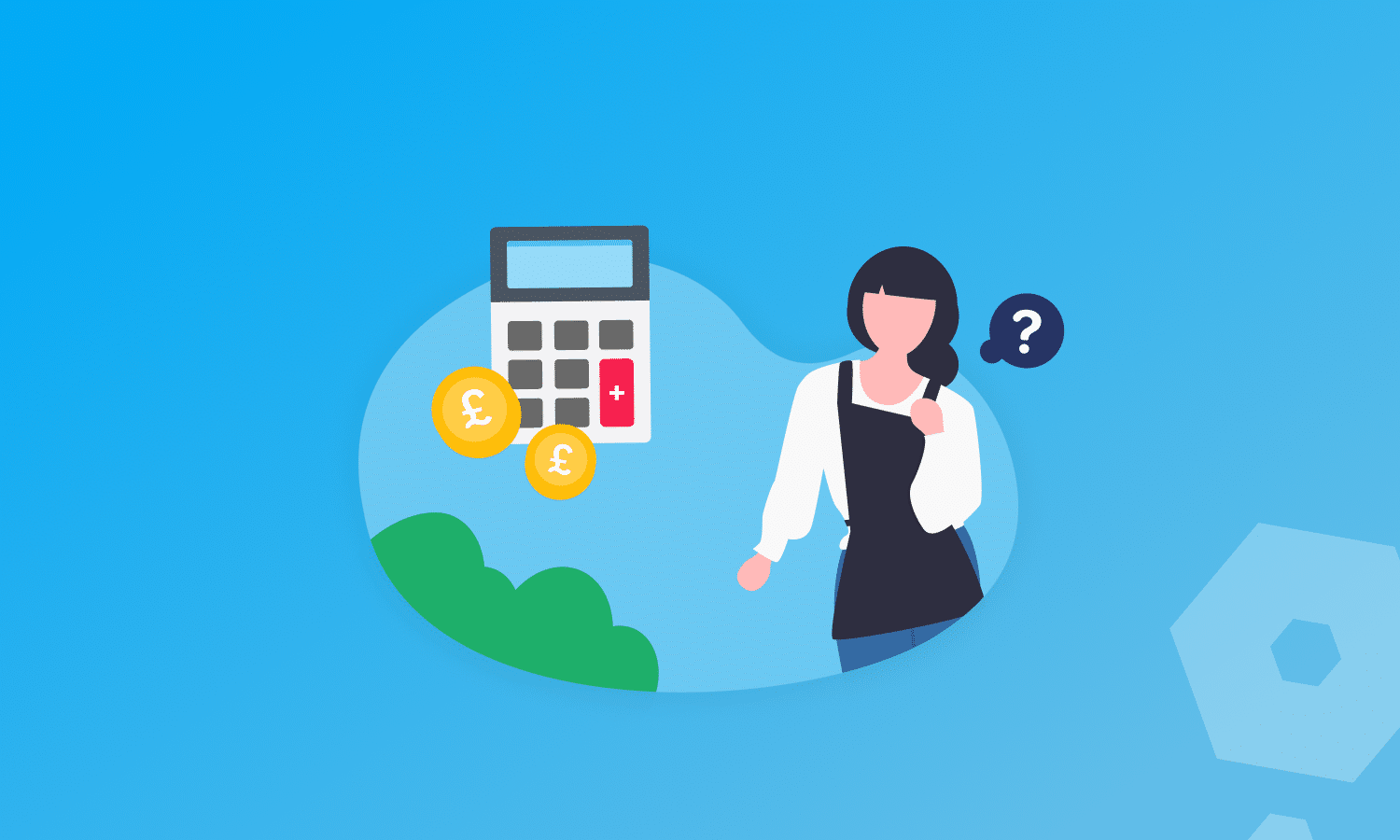Every time you purchase an asset, you’re investing in the future of your business, but the value of equipment and assets tends to reduce over time – a process known as depreciation. It’s important you calculate and track this depreciation accurately.
There are many benefits to this, a major one being that it will help you understand where your business loses value each year. We’ll look at depreciation, what it is, and where it goes in your accounts.









